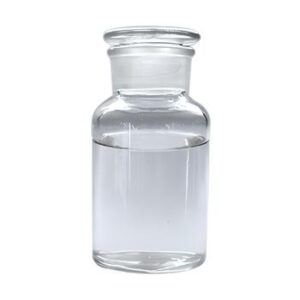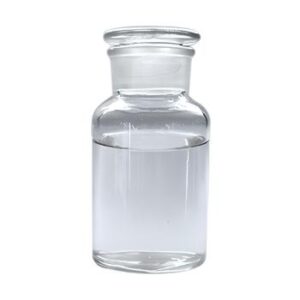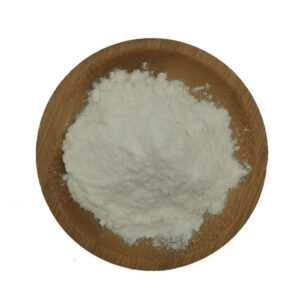Triethylenediamine, also known as 1,4-diazabicyclo[2.2.2]octane, or triethylenediamine, abbreviated as DABCO or TEDA in English, and the chemical formula is C6H12N2, is a very important chemical production It is a highly efficient catalyst and is widely used in condensation reaction, polyurethane foaming catalysis, pesticide synthesis and electroplating industries.
Triethylenediamine is a basic catalyst for polyurethane foam, an initiator for pesticide production, and an additive for chlorine-free electroplating. As one of the most widely used tertiary catalysts in the polyurethane industry, its series of products are suitable for various products such as polyurethane flexible foam, rigid foam, elastomer and coating. In my country, the traditional production process uses dichloroethane and ammonia water as raw materials, and performs hot-pressing ammonolysis at 250 °C and 3.9 MPa to generate a large amount of diethylenetriamine and a small amount of triethylenediamine. Because of the harsh process conditions , the equipment requirements are extremely high, and it has long been eliminated. Some researchers used piperazine and its derivatives as raw materials to synthesize DABCO with Ba2+-containing SrHPO4 as a catalyst in an autoclave at 360 ℃. The raw material conversion rate and DABCO selectivity were high, but the raw materials were so expensive that they only stayed in the laboratory stage. . At present, the industrial production of DABCO mostly uses ethylenediamine as the raw material. Although the production process is relatively mature, there are still problems such as shortage of raw materials, relatively expensive, and many by-products. However, ethanolamine is cheap, but has high requirements for catalyst preparation and is difficult to separate from DABCO. Studies have shown that using ZSM-5 molecular sieve as a carrier and properly supporting some metal ions, a catalyst with high catalytic activity and selectivity can be prepared.






Отзывы
Отзывов пока нет.